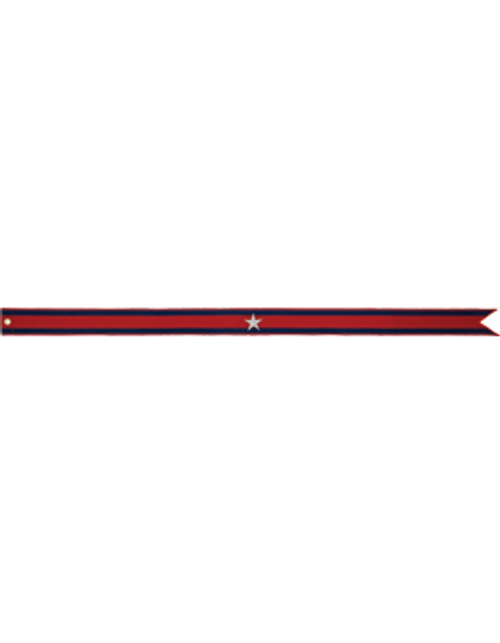Product Description
Introducing the USMC Battle Streamer for the Second Nicaraguan Campaign, a symbol of valor, perseverance, and the distinguished history of the United States Marine Corps during this critical mission. Bearing the inscription Second Nicaraguan Campaign, this streamer commemorates the courage and sacrifice displayed by Marines between 1926 and 1933 as they safeguarded American interests and supported stability in Nicaragua. Whether you are a military historian, veteran, or enthusiast, this Battle Streamer is a fitting addition to honor this chapter of Marine Corps history. Available in three sizes—2 feet, 3 feet, and 4 feet—this premium piece is a must-have for collectors and patriots alike.
Key Features:
- Premium Craftsmanship: Made from durable, high-quality materials with meticulous attention to detail, ensuring the preservation of its historical and aesthetic value.
- Size Options: Available in 2-foot, 3-foot, and 4-foot lengths, providing flexibility for various display settings, including homes, offices, museums, and ceremonies.
- Effortless Display: Features brass grommets for easy hanging on walls, flagpoles, or within display cases and shadow boxes, ensuring a distinguished presentation.
- Historical Significance: Perfect for enhancing military ceremonies, reenactments, and educational settings, this Battle Streamer highlights the Marine Corps' pivotal role in the Second Nicaraguan Campaign.
- Versatile Decor: An excellent addition to military collections, the streamer serves as a conversation piece and a powerful reminder of the sacrifices made by U.S. Marines.
- Meaningful Gift: A thoughtful and enduring gift for veterans, history buffs, and those who take pride in the Marine Corps' legacy.
History of the Second Nicaraguan Campaign Battle Streamer
Between 1926 and 1933, Nicaragua was engulfed in political turmoil and violence, threatening American interests in the region. U.S. Marines were deployed to protect American citizens, ensure the safety of international commerce, and support a neutral environment for fair elections.
Throughout the campaign, the Marines conducted combat operations against armed insurgents, including the forces of Augusto Sandino, a leader of the resistance against U.S. intervention. In addition to combat, Marines helped establish a stable Nicaraguan National Guard, training local forces to maintain long-term peace and security.
The campaign not only demonstrated the Marine Corps’ effectiveness in small-scale expeditionary warfare but also laid the groundwork for their legacy as a rapid-response force capable of complex operations. By the time the Marines departed in 1933, their efforts had brought greater stability to Nicaragua, leaving behind a robust security force and a lasting impression of American military professionalism.







